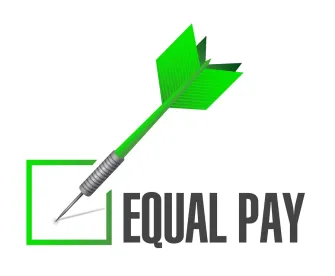In December 2016, the UK Government published a revised version of Draft Gender Pay Gap Regulations which are expected to come into force on 6 April 2017.
As a reminder, the Regulations require private sector employers in the UK with at least 250 employees to publish certain information about the differences in pay between men and women. It is anticipated that 7,960 employers and around 11 million employees will be affected (34% of the total UK workforce).
Broadly, the data that will now need to be published consists of:
-
the difference between the mean and median hourly rate of pay for men and women;
-
the difference between the mean and median bonus payments paid to men and women over the period of 12 months ending with the “snapshot” date of 5 April;
-
the number of men and women who were paid bonuses; and
-
the number of men and women in each quartile of the pay distribution.
“Pay” is still defined broadly to include basic pay, annual leave, maternity pay, sick pay, shift premium pay and most allowances (such as car allowances). “Pay” does not include overtime, redundancy pay, benefits in kind and payments made to do with termination of employment.
The definition for “relevant employee” has been broadened so that data for employees, workers and self-employed contractors should be included, though data can be excluded if the individual is employed under a contract personally to do work, and the employer does not have, and it is not reasonably practicable for the employer to obtain, the data.
The “snapshot” date has moved to 5 April of each year, so that data for one tax year can be collated (rather than 2). The report on the data must be published within 12 months. Therefore, the first snapshot date will be 5 April 2017 based on data for the prior 12 months, and the first reports will need to be published by 4 April 2018.
The data must be published on the employer’s website for at least 3 years from the date of publication as well as a government website (which will presumably allow for easy comparison with other employers). The information must be signed off by a statutory director or equivalent. Employers are also encouraged to publish a narrative to accompany the information which would allow employers to explain the data provided.
Notably, there is now a reference in the Explanatory Notes to the Regulation to a failure to comply with the Regulations constituting an “unlawful act” such that the Equality and Human Rights Commission would be able to take enforcement action. However, there are still no specific civil or criminal penalties for a failure to comply with the Regulations.
As mentioned previously, gathering this data will likely be time consuming. We recommend employers start ensuring they have the systems in place in order to gather the relevant information so that they can comply with the new reporting requirements. Employers should also consider proactively identifying gender pay gaps that are likely to emerge through any disclosure and consider how to address these in advance of publication, including through any accompanying narrative.




 />i
/>i
